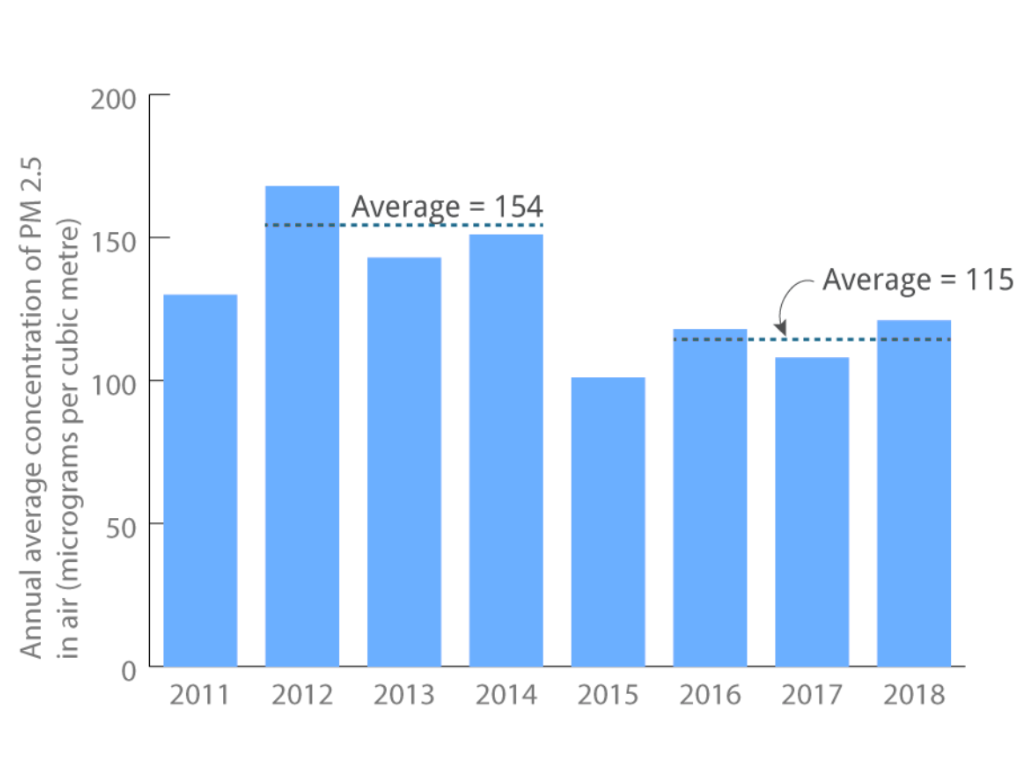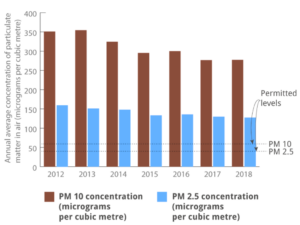

In a bid to curb the rising pollution, the Delhi government has announced that the Odd-Even vehicles rule will come into effect from 13 November in the national capital and its surrounding regions. That will be implemented over and above the GRAP4 measures under which all BS3 and BS4 vehicles remain banned. These norms aim to tackle vehicular pollution which adds to the overall pollution levels.
HISTORY AND PAST EFFECTS
The odd-even traffic scheme was first introduced by Delhi Chief Minister Arvind Kejriwal in December 2016 as part of his government response to NCR’s breaching pollution levels, but it is not new to control vehicular pollution. The scheme was first instituted in the US in 1979.
The US used an odd-even scheme when unstable conditions in Iraq and Iran led to a worldwide increase in oil prices. The scheme was used in the US again in 2012 after Hurricane Sandy. Gasoline became scarce, which led to fuel hoarding. License plates without numbers were considered odd. Other countries that used the odd-even schemes to bring air pollution under control include China, France, Italy, and Mexico.
HOW EFFECTIVE IS THIS SCHEME?
The effectiveness of the odd-even scheme in controlling pollution is a topic of debate and depends on various factors, including the specific conditions in a city, the sources of pollution, and the overall transport infrastructure. The odd-even scheme, which restricts the use of vehicles based on the last digit of their registration number on alternate days, aims to reduce vehicular emissions and improve air quality.
UNPACKING THE POSITIVES
Reduced Traffic Volume: By limiting the number of vehicles on the road on any given day, the scheme can potentially reduce traffic congestion and decrease overall vehicular emissions.
Promotes Public Transport: The odd-even rule encourages people to use public transportation, carpool, or adopt alternative modes of transport, reducing the reliance on individual vehicles.
Immediate Impact: During the implementation period, there may be a noticeable improvement in air quality, especially in areas with high traffic density.
WEIGHING THE NEGATIVES
Limited Scope: The odd-even scheme primarily targets private vehicles and may not address pollution from other significant sources such as industrial activities, construction, and road dust.
Impact on Economy: Restrictions on personal vehicle use can affect businesses, delivery services, and daily commuters, leading to economic implications.
Behavioural Changes: Some may argue that people may resort to purchasing additional vehicles to bypass the restrictions, potentially offsetting the intended benefits.
Seasonal Variations: Weather conditions, seasonal factors, and external sources of pollution (like stubble burning in agricultural areas can significantly influence air quality, making it challenging to attribute changes solely to the odd-even scheme.
Enforcement Challenges: Effective implementation and enforcement of the odd-even rule require robust infrastructure, public awareness, and strict penalties for violations.
Studies evaluating the impact of the odd-even scheme have shown mixed results. While some research suggests short-term improvements in air quality during the implementation period, the long-term impact may be influenced by other factors beyond vehicle restrictions.
The effectiveness of the odd-even scheme in controlling pollution depends on its integration with broader strategies addressing various pollution sources. It can be a valuable short-term measure when part of a comprehensive plan that includes improvements in public transportation, strict emission norms for vehicles, and efforts to address industrial and other sources of pollution.